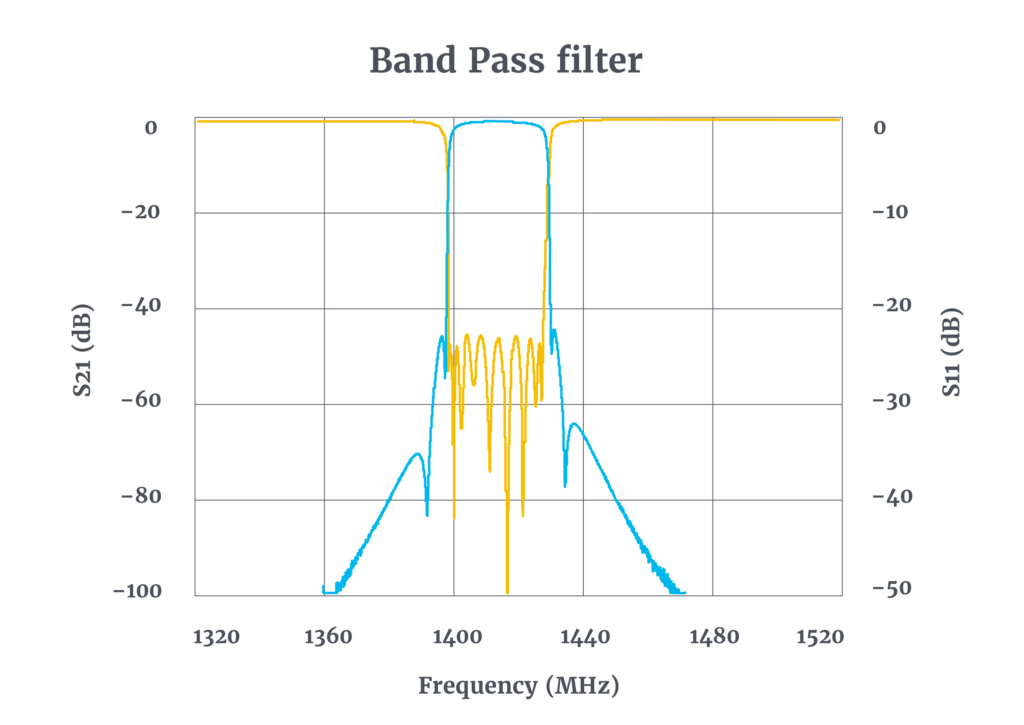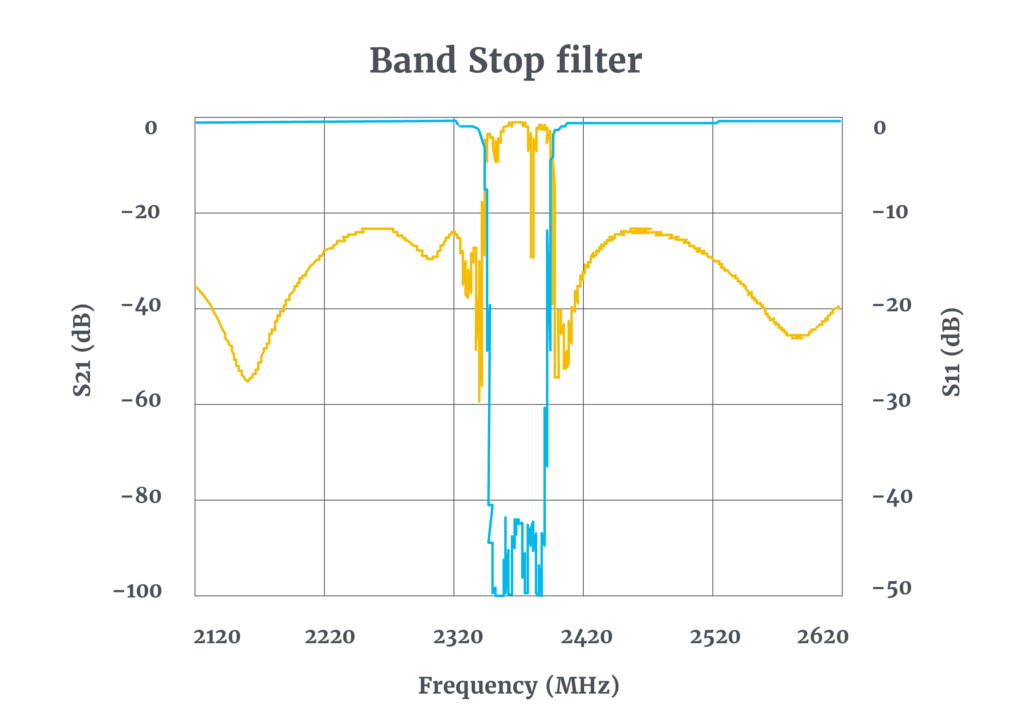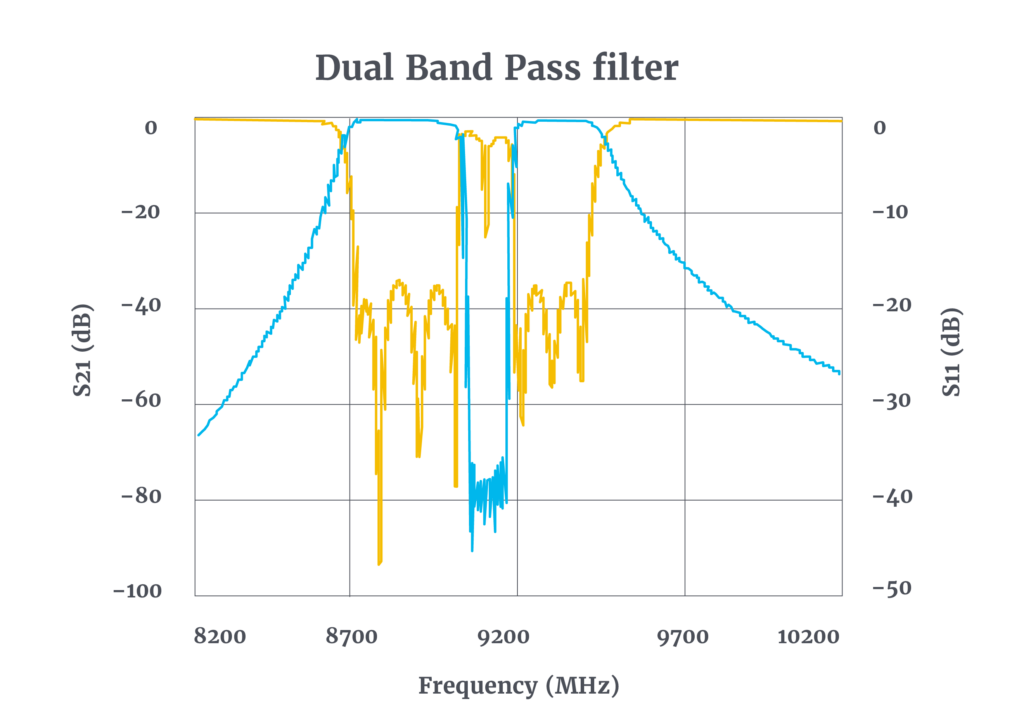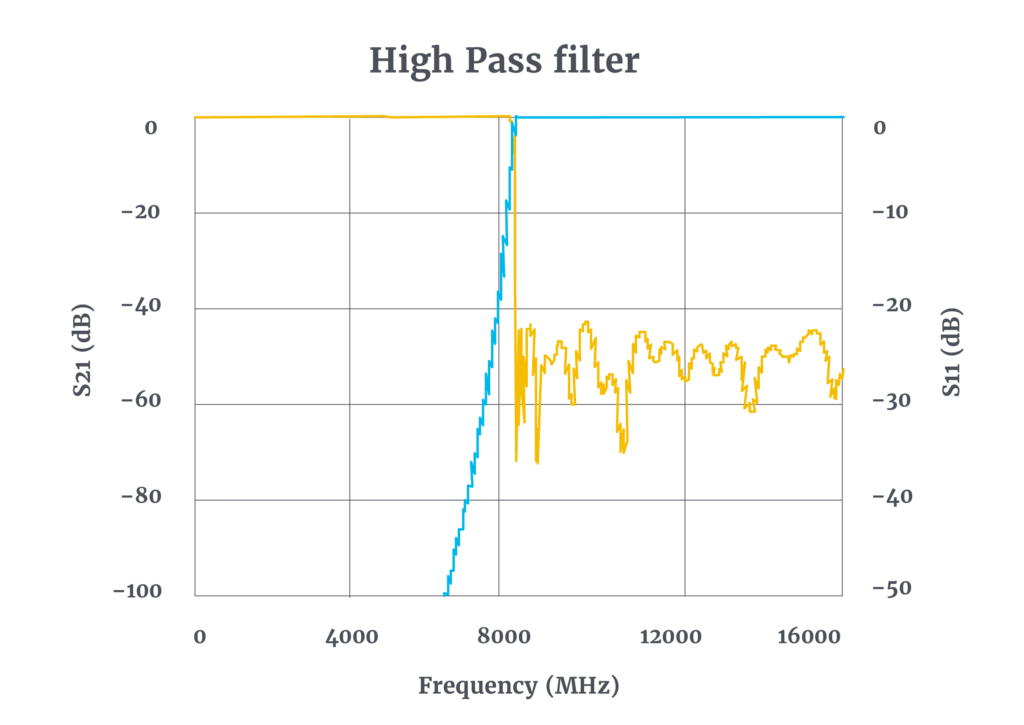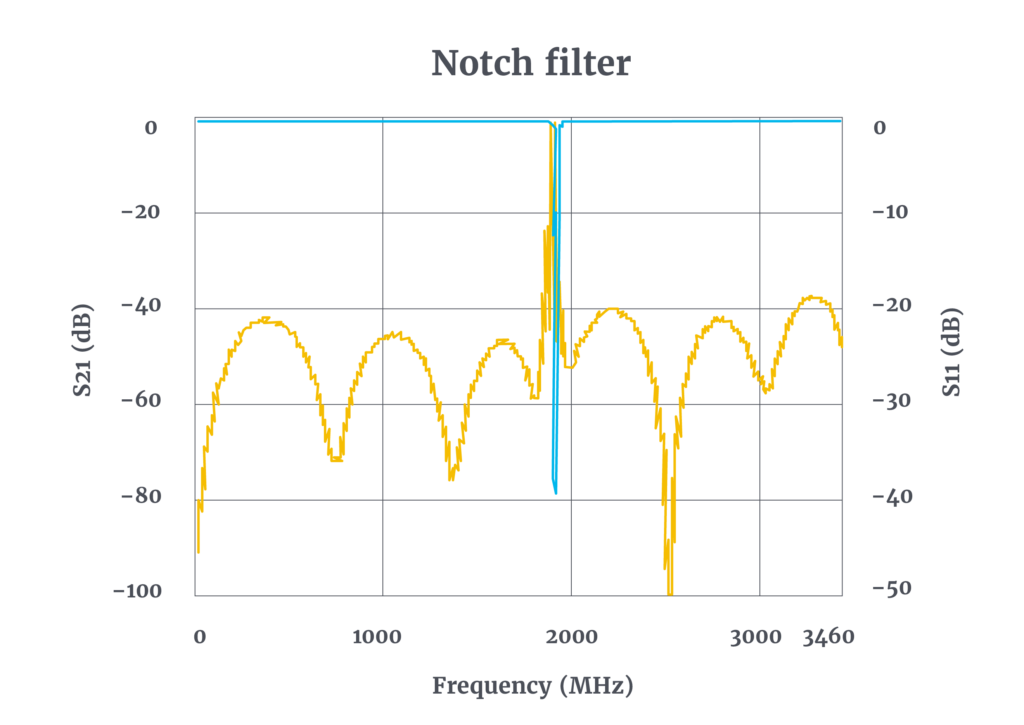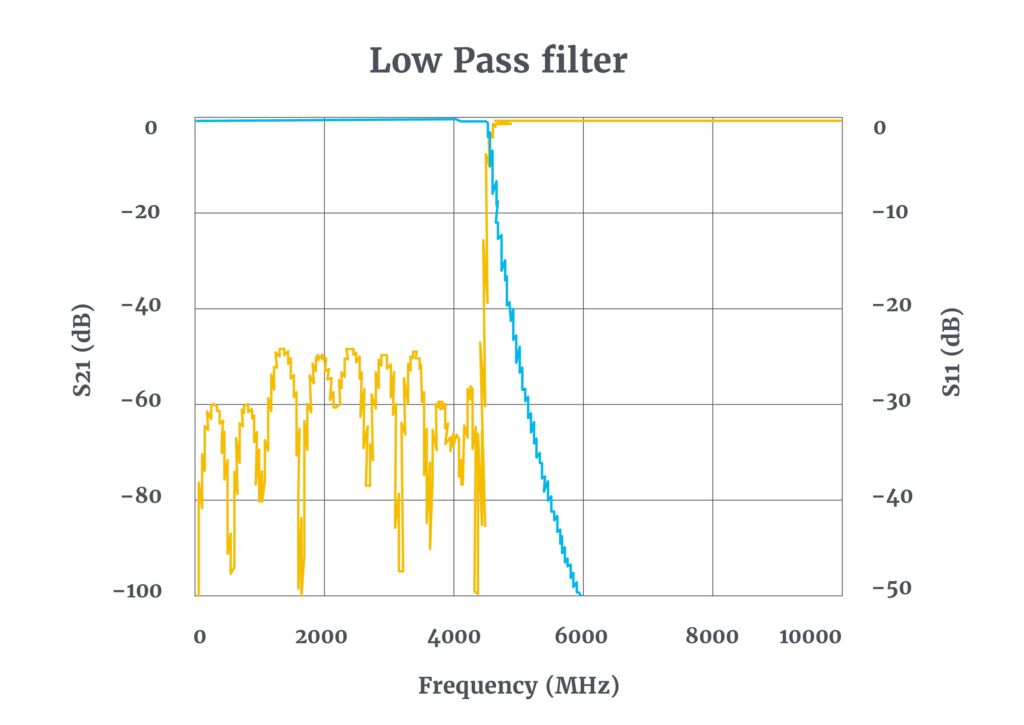Creowave Filters Products
Solutions tailored to your needs
All our products are built for high reliability and excellent performance. We offer Band Stop filters, Band Pass filters, Notch filters as well as Diplexers and Duplexers and high precision Low PIM models. We also offer high-power solutions. In addition to our standard models, we gladly offer various customised solutions.
Commercial and testing
Our trusted test filters ensure precise RF performance measurements for radio networks worldwide. Customers will be able to test the products according to an agreed schedule. This increases customer efficiency and saves costs.
Military and defence
A highly valued and trusted partner, offering military-grade products tailored for the most challenging environments. By utilising localised and secured material and component sources and supply chains, we minimise geopolitical risk.
Aerospace
Advanced solutions from seabed to space and beyond. Our filters ensure the quality of the data link, which improves communication. In terms of space security, satellite functionality and satellite positioning, failure is not an option.
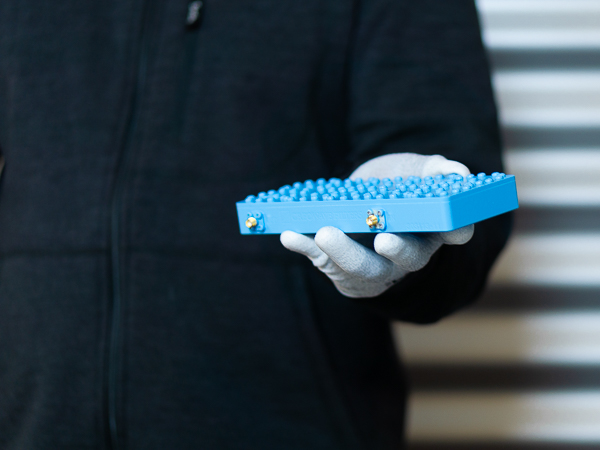
Band Pass filters
Allows certain frequency bands to pass while suppressing other frequencies. Improves signal to noise ratio and prevents high-power transmission signals from leaking outside the transmission band.
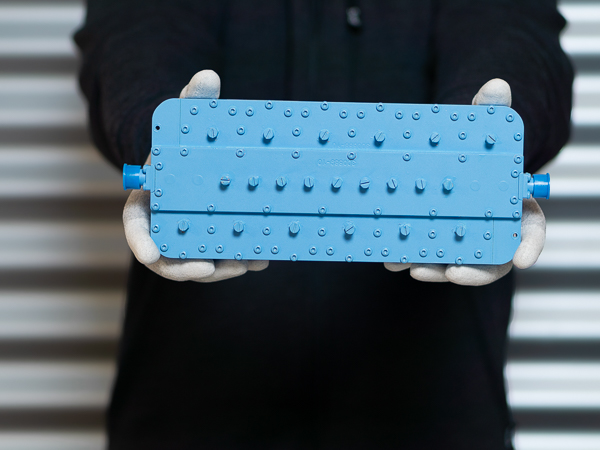
Band Stop filters
Unwanted bands can be blocked with a band stop filter, allowing other frequencies to pass the filter. For example, an interfering transmission band or multiple separate interfering bands can be blocked.
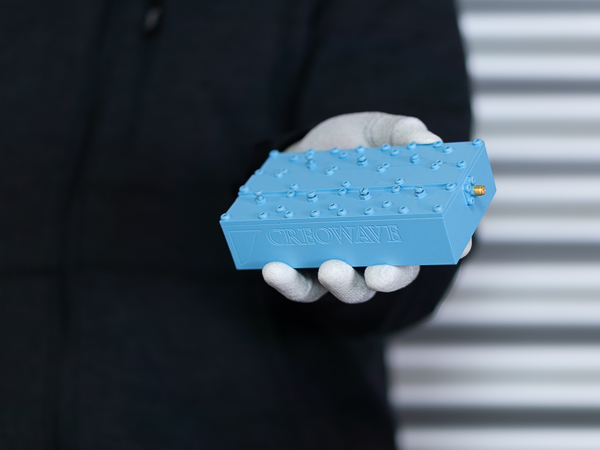
Notch filters
Unwanted or interfering signals can be blocked with a notch filter, allowing other frequencies to pass the filter. Notch filters can be used to block, for example, a single interfering carrier signal or multiple carrier signals in different frequencies.
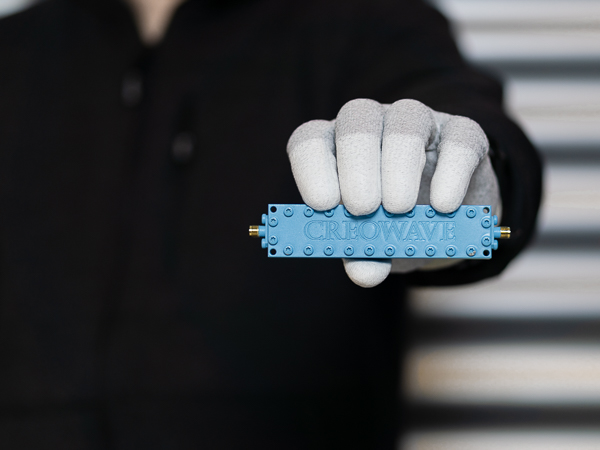
High Pass filters
A high pass filter blocks low frequencies while frequencies above the cut-off frequence pass the filter. High pass filters can be used to block, for example, DC-component or commercial radio broadcasting with a high transmission power.
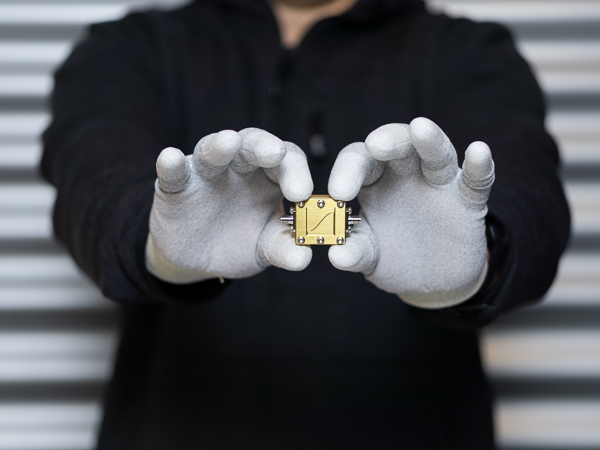
Low Pass filters
A low pass filter blocks high frequencies while frequencies below the cut-off frequency pass the filter. LPF can be used to suppress, for example, spurious harmonics in the amplifier chain.
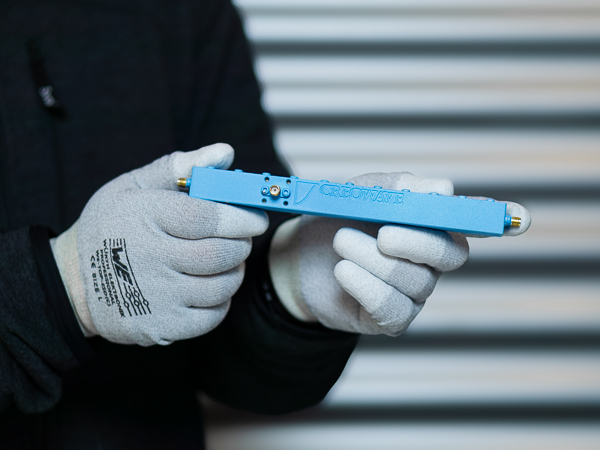
Diplexers
Divides transmissions into passband and stopband. Can be used to evaluate a transmission chain, i.e., mobile base station, for spurious and other unwanted signals.
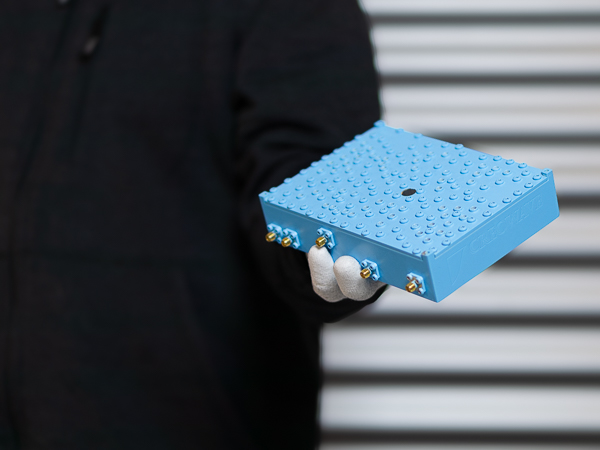
Duplexers / Multiplexers, Combiner / Filter dividers
Two or more bandpass filters combined with a common connector or divided from a common port. Provides isolation between bands while minimising insertion loss.

PIM filters
Special filters for testing purposes when good and stable passive intermodulation performance is needed. Low PIM filters guarantee a test setup with minimised passive intermodulation products. This kind of a setup can be used, for example, for PIM performance benchmarking. Different setups are available, i.e., combiners, diplexers, duplexers.

Other RF testing products
We offer various customised solutions made specifically for customers' needs. Design can be optimised, for example, based on size and weight, RF performance or environmental parameters.
Example filter RF responses
RF filter response can be expressed with scattering parameters (S-parameters). The S21, S31 and S41 parameters illustrate signal behaviour through the filter from the input connector to the output connector. The S11 parameter is the reflective component from the input connector. In the example filter responses below, the X-axis is the frequency plane in megahertz [MHz] and the Y-axis attenuation in decibel [dB]. The Y-axis's left side has a scale for the through component and the right side for the reflective component.
All the filters are designed with specific features in mind such as a narrow transition band between the passband and stopband, steep attenuation, power handling, PIM performance and size. Filters may have multiple passbands or stopbands or even a combination of both.
Some example filter responses are presented below.
